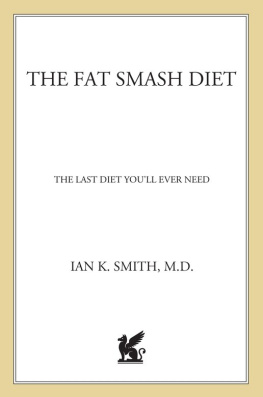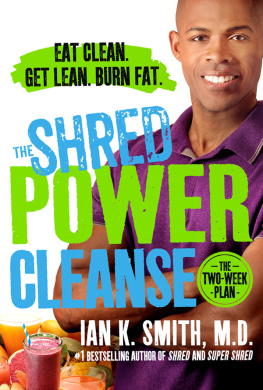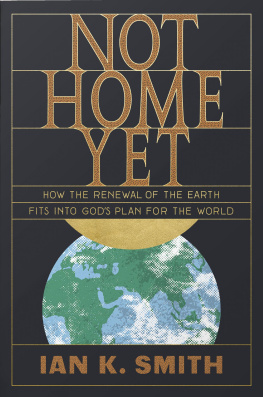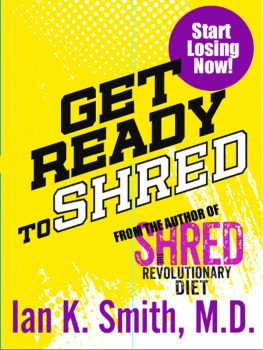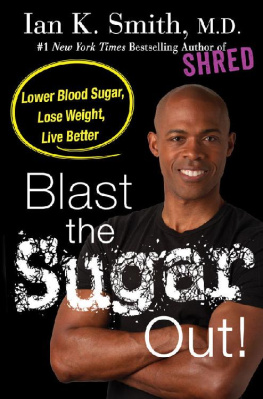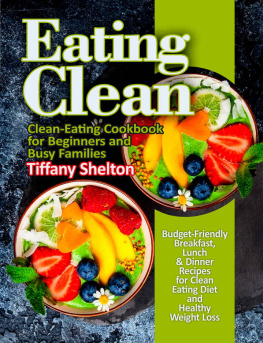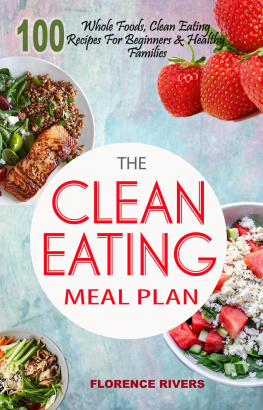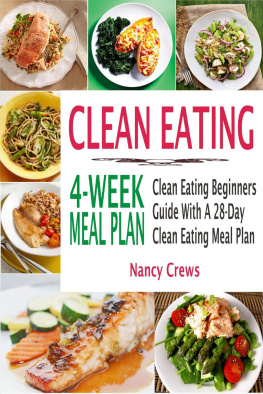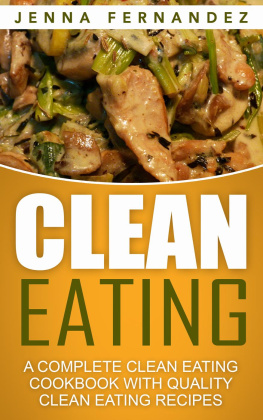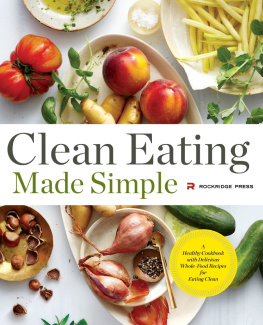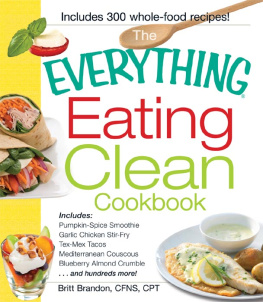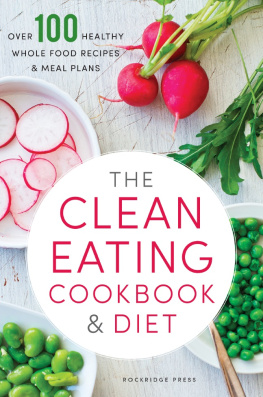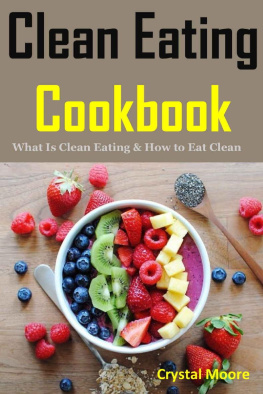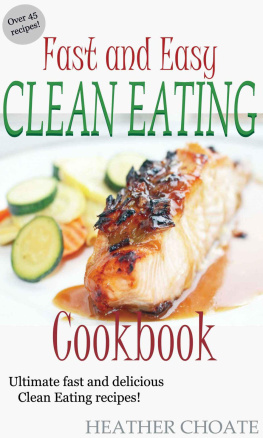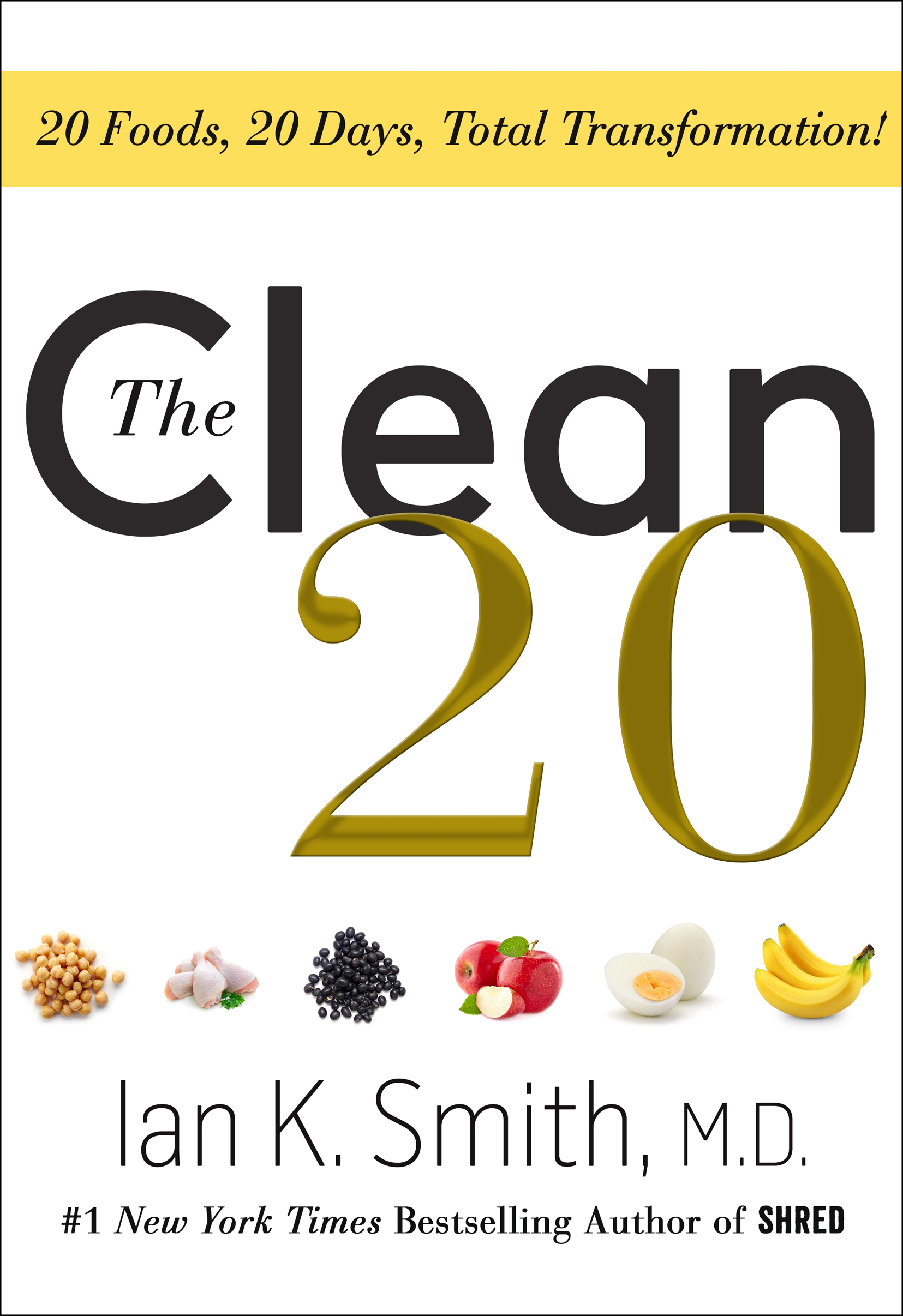Contents
Guide
Pagebreaks of the print version
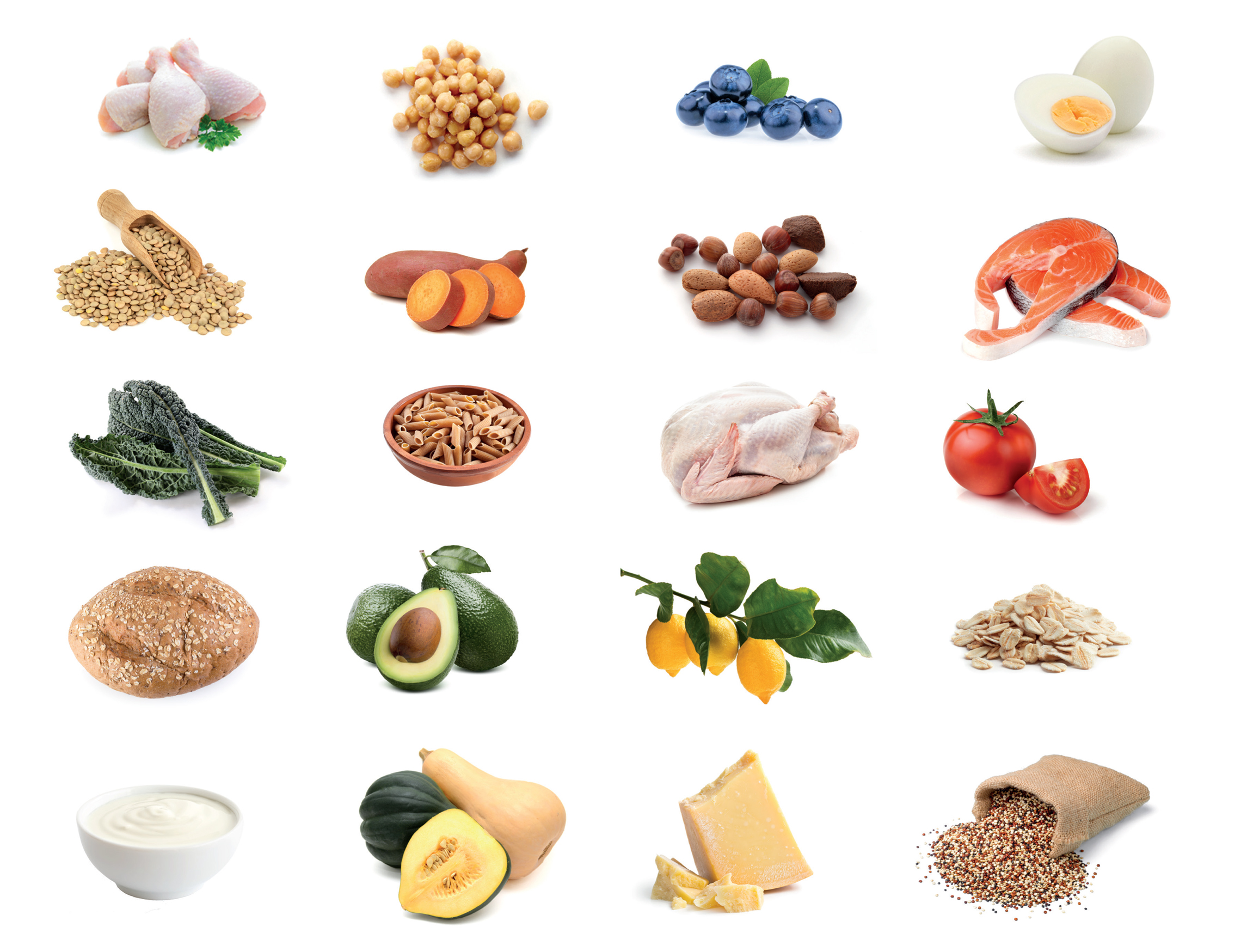

The author and publisher have provided this e-book to you for your personal use only. You may not make this e-book publicly available in any way. Copyright infringement is against the law. If you believe the copy of this e-book you are reading infringes on the authors copyright, please notify the publisher at: us.macmillanusa.com/piracy.
To Trist , Dashiell, and DeclanId give you the earth, the moon, the sun, and the stars. We keep chasing those rainbows. I love you from the depth of places I never knew existed!
This is my fifteenth published book and twelve of them have been done at the venerable house of St. Martins Press. Theres a lot of work that goes into publishing and marketing a book that most readers will never know. Yes, the ideas and words start somewhere in the buried neurological tracts of my brain, but by the time you see them, a lot of hands have sculpted the art that finally sits on the shelf or in your digital reader. That means there are a lot of unrecognized heroes who have vastly contributed to the finished works for which they rarely receive their proper due.
So on the occasion of celebrating my fifteenth book, I want to take a moment to honor my partners who have been so generous and instrumental in the arc of my career. They range from publishers and editors to publicists and artists to marketers to the doorman who is nice enough to let me into the Flatiron Building with a welcoming smile and without bureaucratic hassle. Here are their names in no particular order since they all are important to me: Steve Cohen, Elizabeth Beier, Sally Richardson, Jen Enderlin, Matthew Shear, John Karle, John Sargent, Michael Storrings, Louis Krivoshey, Tom Stouras, Lorraine Saullo, John Cusack, Della Cheng, Nicole Williams, Anne Marie Tallberg, Nancy Trypuc, Brant Janeway, Erica Martirano, Jessica Preeg, Laura Clark, Jeff Dodes, Jeff Capshew, Brian Heller, Jeanette Zwart, Christine Jaeger, Eric C. Meyer, Cheryl Mamaril, Sara Thwaite, Nicola Ferguson, and the St. Martins super sales team. To all of you and those I mightve mistakenly omittedI extend profound gratitude and the hope that we have another fifteen more creations together. The ride with all its twists and turns has been absolutely AWESOME, and I wouldnt change a thing!
I was in the gym in the middle of my workout when the idea for The Clean 20 came to me. I had spent the previous afternoon with a friend of mine and she was telling me about how sluggish she sometimes felt and how she would love to get her body back. She had been experimenting with different types of foods to see if she could boost her energy levels, lose weight, and increase her overall sense of feeling good. Id heard this exact situation described by many people throughout my travels making appearances talking about health and wellness. But the conversation with my friend really struck home for me. On the outside she was pretty, not overweight at all, and seemed to be so much in her groove. But inside there was conflict and doubt and a real struggle that was not allowing her to feel her best or how she knew she could feel.
So there I was in the gym the next morning and she sent me a text. I told her that I had done some research and that I felt comfortable I could customize a meal and exercise plan that could help her. While food cant solve all of our problems, it can solve a lot of them or at least start pointing us in the right direction. The right foods really have medicinal properties. Food can truly affect your physiologyhow your body worksand how it interacts with the environment.
The other part of the conversation with my friend centered on exercise. She was exercising, but she was inconsistent, and in my opinion she wasnt doing the optimal exercises to achieve the results she desired. I realized that the foods she was eating or not eating were affecting her energy level and this was in turn affecting her motivation to exercise. Its one of those which came first, the chicken or the egg? but it was all making sense to me. She needed to spend less time exercising, but more time exercising efficiently. The hours she spent in the gym didnt matter, but how she spent them could make all the difference in the world.
I modified her exercise plan to go along with her custom-built meal plan. I figured she only needed twenty major foods to fuel her transformation and she needed only twenty minutes of efficient exercise five times a week to synergize with her improved nutritional intake. The Clean 20 is an expanded version of her plan. There is nothing arbitrary about it, as it is all backed up by science and research. So much of what we put into our body in the form of food or drink is either harmful or counterproductive. We make our bodies work overtime to metabolize and process these foods. We also hamper the bodys ability to function at its best. With The Clean 20 , you are going to change things around and give your body what it needs to operate like the magnificent machine it was built to be. In just twenty days you will have a physical, mental, and spiritual transformation that can last you a lifetime!
Ian K. Smith, M.D.
April 2018
Clean eating is a concept and term that has been around for decades but has become fashionable in the last several years as health trends in general have gained popularity from being promoted in reality shows to fitness centers to tiny kitchens across the country. In its simplest form, clean eating is based on the basic premise that eating more natural, less-processed foods is not only good for ones health, but equally important for the environment. Food that crosses our table in a form closest to what it looked like coming out of the ground or off a tree has been considered to be the healthiest and the natural order of humankinds engagement with the environment. Free of chemicals, artificial ingredients, and other potentially toxic additives, clean food represents the best there is to nourish and fuel our bodies.
The clean-eating movement, like any other popular trend (paleo, gluten-free, raw) has not been immune to detractors who claim that it unfairly demonizes certain food groups, takes the concept of avoiding processed foods to the extreme, is too expensive, and is impractical for most people to follow for an extended period of time. It has given birth to many derivative programs that fall under the general category of clean eating but have subtle and sometimes major differences in philosophy and execution strategies. Ask fifteen nutritionists to define clean eating and you are likely to get fifteen different answers. But there is a theme that runs through most of these answers, a common core that gives form to the basic concept of eating foods in their most natural state with as little manipulation as possible.
In The Clean 20 , I will set forth some basic clean-eating principals that will serve you well and help you make informed decisions when it comes to nourishing the worlds most awesome machineyour body. Clean eating is not at all about perfection. It is not about a rigid, dense cadre of rules and penalties that must be strictly adhered to in order to benefit from the tremendous health value of food. Clean eating can benefit all of us and at the same time not be overly expensive, overly restrictive, or inaccessible. Remember that some of a good thing is still better than none of a good thing, and to think harshly of those who do not believe in austere eating principles is a misplaced judgment.


